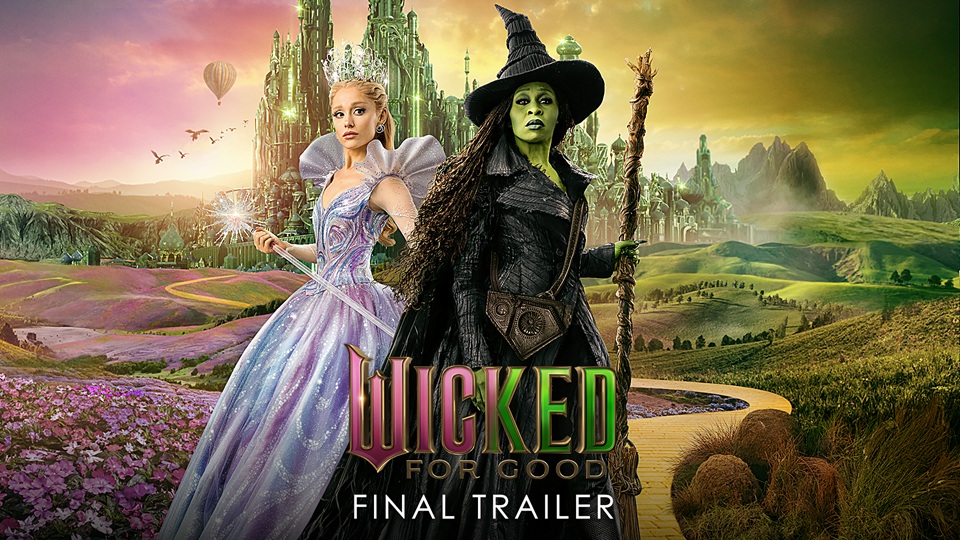 Developing effective multicultural marketing strategies requires thorough approaches that connect and resonate with a wide range of diverse audiences. To achieve impactful results, blend comprehensive and thoughtful methods. Here are four effective and detailed approaches:
Developing effective multicultural marketing strategies requires thorough approaches that connect and resonate with a wide range of diverse audiences. To achieve impactful results, blend comprehensive and thoughtful methods. Here are four effective and detailed approaches:
1. Increase Market Share and Community Interaction.
Boosting an effective multicultural marketing strategy by increasing the market share and community engagement, improves the understanding of different cultures, values, and preferences. Companies can effectively connect with a broader audience by tailoring campaigns that reflect and celebrate the cultural diversity within the target market. This approach can be achieved through several key strategies:
- Partner with Diverse Influencers: Collaborate with influencers who embody their culture’s essence to engage their communities authentically.
- Create Culturally Rich Content: Craft content that honors and reflects the diverse values and traditions of the audience.
- Participate in Cultural Events: Strengthen local ties by supporting cultural festivals, and offering interactive brand experiences.
2. Cross-Cultural Campaigns.
Crafting multicultural marketing strategies involves designing campaigns that transcend cultural boundaries. This entails identifying universal themes and values that resonate across diverse demographic groups, enhancing focus and reach. Here are some key strategies to achieve this:
- It’s important to conduct thorough research to understand each audience segment’s cultural nuances and preferences.
- Highlight universal themes such as family, education, or celebration, while incorporating culturally specific elements to improve relating.
- The representation of diversity in images and messages must create a sense of inclusion and belonging.
3. Targeting Similar Demographic
It’s essential to recognize demographics from various cultures that may share similar traits and integrate them into effective multicultural marketing strategies. Identifying these commonalities can aid in targeting a broader market. Here’s how:
- Segmentation of the audience based on geographic, psychographic, and behavioral factors that overlap across cultures.
- Create communications that bridge cultural differences that at the same time highlight characteristics.
- Feedback and adaptation: Collect data from diverse cultural groups that help understand how they perceive marketing strategies targeting similar demographics.
4. Campaigns Representing Multiple Audiences.
To integrate multicultural marketing strategies effectively, campaigns must mirror the diversity of the audience. This ensures inclusivity extends beyond mere audience size. Here are some alternative methods to achieve this:
- Representation must be diverse: race, ethnicity, age, gender, etc. This helps the audience to see themselves reflected in the messaging.
- Language: Avoid making particular groups feel excluded using inclusive language. Exclude biases and stereotypes in your messages.
- Campaigns must be accessible: create alternative formats of content.
Implementing these four approaches allows businesses to create marketing strategies that are inclusive, authentic, and effective. The importance of cultural and diverse content such as participating in cultural events, conducting deep research, and universal themes ensure the representation and accessibility to a wider audience across various cultural groups. These comprehensive and thoughtful approaches ensure that marketing efforts resonate and connect with diverse audiences, ultimately improving brand loyalty and market presence.
For more information refer to Illumin.




